Andrew Wyeth & N. C. Wyeth
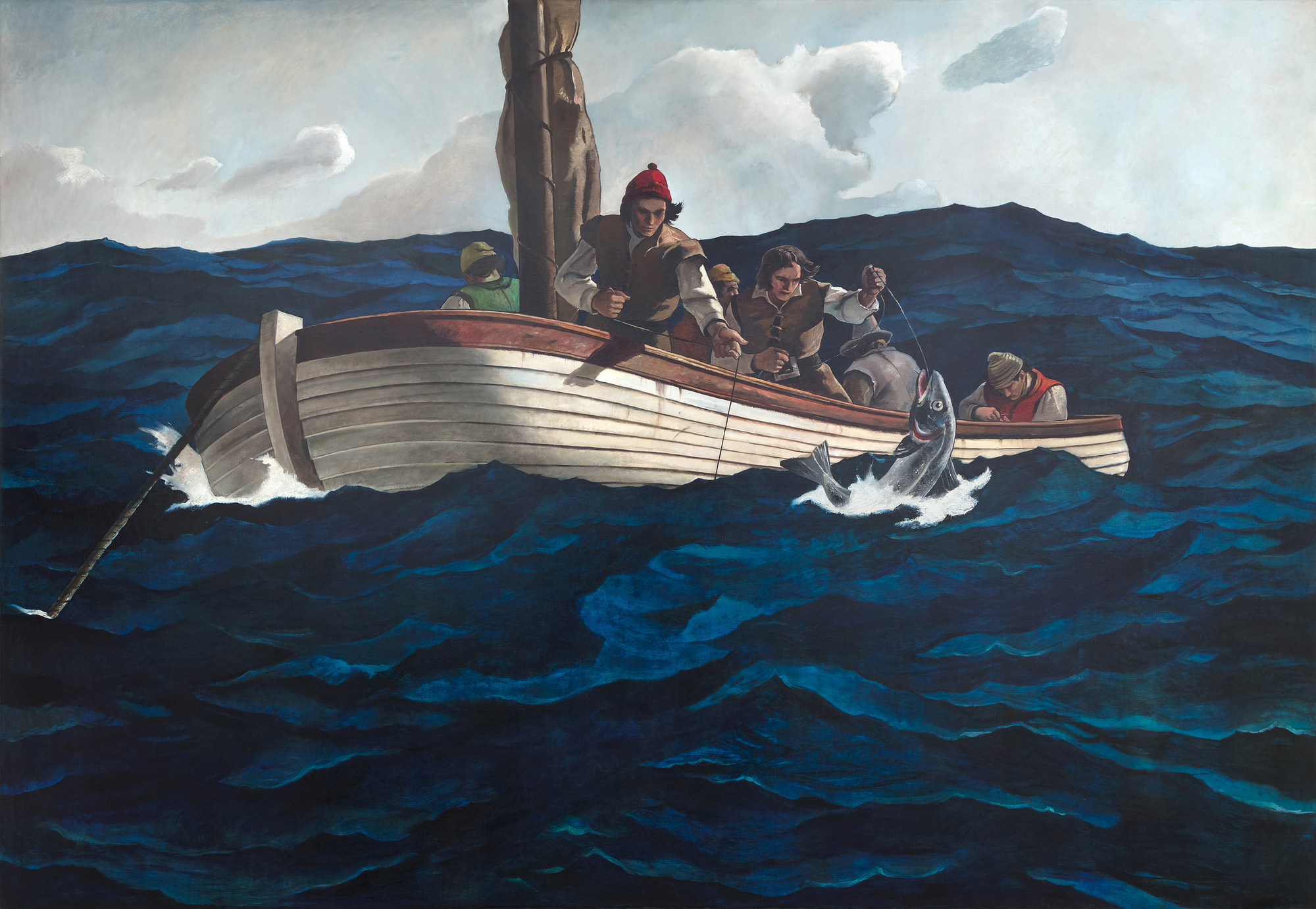







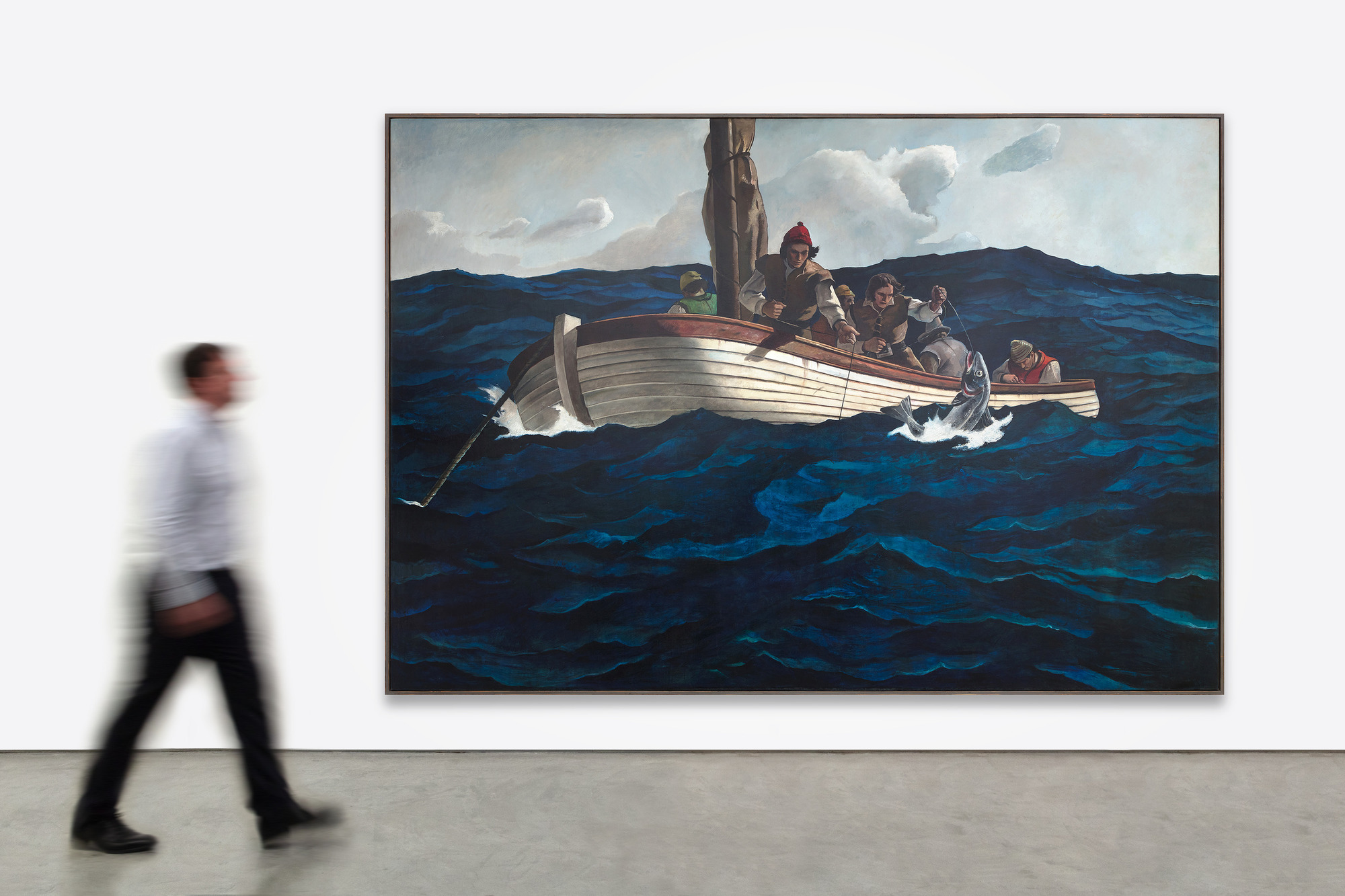

Provenance
MetLife, Inc. Corporate Collection (Commissioned for New York offices)Heather James Fine Art
About Puritan Cod Fishers
According to the catalogue raisonné compiled by The Brandywine River Museum of Art, the preliminary drawing for Puritan Cod Fishers was completed by N. C Wyeth prior to his death in October 1945. The entry records an image of the sketch as well as the artist’s inscriptions and its title, Puritan Cod Fishers, characterized by the catalogue as ‘alternate’. In either case, the large-scale canvas is a unique work that Andrew Wyeth later recalled was painted solely by his hand, a demarcated collaboration of the father’s design and composition brought to fruition by a remarkable son’s execution. For Andrew, it must have been a deeply felt and emotional experience. Given his father’s attention to detail and authenticity, the lines of the small sailing craft represent a shallot, in use during the sixteenth century. On the other hand, Andrew likely deepened the hues of the restless sea more so than his father might have, a choice that appropriately heightens the perilous nature of the task.
History
Before there was television and of a time when film was still in its infancy, N. C. Wyeth’s illustrations electrified the stories he visually shaped and annotated. As a young reader of “Treasure Island,” who can deny the urgency to read on to the next glossy illustration? Or, in excited anticipation, thumb through the pages repeatedly to the pictures ahead, so alive and vivid and full of bravado?
In 1939, The Metropolitan Life Company offered Wyeth a commission of a different sort; a series of canvas murals that would rely less on bravado perhaps, but instead, a deep sense of time and place. They would offer an energetic and grand vision and express the spirit of national pride by celebrating the strong values that express what it means to be American. Wyeth was thrilled. The fourteen mural panels he agreed to produce would bring the world of Pilgrims to glowing life and “serve as a graphic and dramatic expression of the spirit of New England” (Douglas Allen, et al., N. C. Wyeth: The Collected Paintings, Illustrations, and Murals, pg. 169). Wyeth, an artist of unparalleled skill and fully invested in the authenticity of the characters that populate his narratives, relished the opportunity to convey the pride he felt toward his ancestral past.
“The romance of early colonization, especially that of the Pilgrims in Massachusetts, had always excited me. My ancestor, Nicholas Wyeth, came from Wales to Massachusetts in 1647. The spirit of early days on the Massachusetts coast was an oft-discussed subject in my home. I was born in Needham, not far from the town of Plymouth, to which I made many pilgrimages during my boyhood, spending thrilling days in and around that historic territory. With this as a background, it was natural that in my mind and heart should fly to Plymouth and to the Pilgrims as a fitting subject for a series of New England paintings. If then, the warmth and appeal of these paintings is apparent to those who study them, it is principally because they are, in some related way, a statement of my own life and heritage.” (Douglas Allen, et al., N. C. Wyeth: The Collected Paintings, Illustrations and Murals, pg. 171)
MoreMARKET INSIGHTS
The graph prepared by Art Market Research shows that since 1976, paintings by N.C. Wyeth have increased at a 11% annual rate of return.
The record price for N.C. Wyeth at auction was set in 2018 when Portrait of a Farmer, a smaller painting from 1943, sold for nearly $6M. No N.C. Wyeth paintings on this monumental scale have appeared at auction.
Puritan Cod Fishers is an exceedingly rare example as the concept was begun by N.C. Wyeth, then the painting was completed by his son, acclaimed American painter Andrew Wyeth.
The highest price at auction for an Andrew Wyeth painting is $23,290,000 USD.
Top Results for Andrew Wyeth at Auction
“Daydream” (1980) sold for $23,290,000 USD.

“Ericksons” (1973) sold for $10,344,000 USD.

“Above the Narrows” (1960) sold for $6,914,500 USD.
Top Results for N.C. Wyeth at Auction

"Portrait of a Farmer (Pennsylvania Farmer)" (1943) sold for $5,985,900 USD.

"Hands Up" (1906) sold for $4,951,500 USD.

"Indian Love Call" (1927) sold for $3,510,000 USD.
N.C. Wyeth Paintings in Museum Collections
Metropolitan Museum of Art, New York
Philadelphia Museum of Art, Pennsylvania
Brandywine River Museum of Art, Chadds Ford, Pennsylvania
Peabody Essex Museum, Salem, Massachusetts
Gilcrease Museum, Tulsa, Oklahoma
Image Gallery
Additional Resources
"My Father" by Andrew Wyeth
The N.C. Wyeth House & Studio
Composition Drawing
Authentication
See the inclusion of The Departure of the Mayflower for England in 1621 in Christine B. Podmaniczky’s catalog raisonne, the online catalogue raisonne, and in Robert San Souci’s book N.C. Wyeth’s Pilgrims.
Inquire
Other Works by N.C. and Andrew Wyeth
You May Also Like















































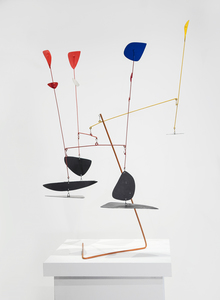






_tn45731.jpg )
_tn45734.jpg )

_tn43950.jpg )
_tn45739.b.jpg )
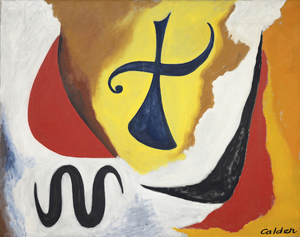


_tn45733.jpg )
_tn40169.jpg )


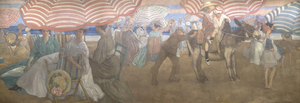


_tn45732.jpg )
_tn27035.jpg )